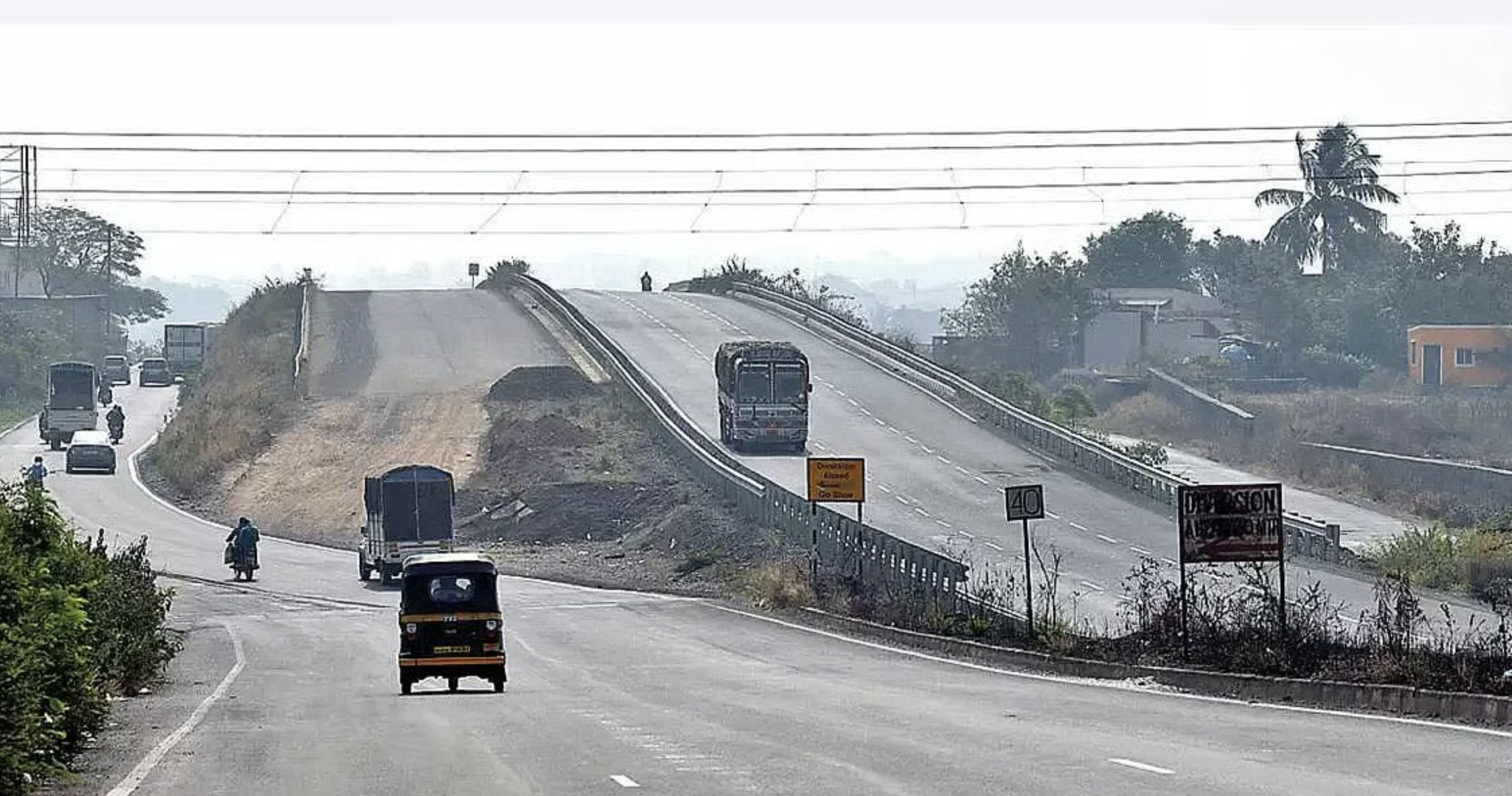The Department of Telecommunications (DoT) in India has launched a significant crackdown on mobile connections registered with fake or forged documents, aiming to curb cyber fraud and financial crimes. As part of its measures, DoT has disconnected a staggering 1.77 crore mobile connections and blocked tens of thousands of mobile phones linked to cybercriminal activities. This sweeping move comes in response to rising instances of fraud that leverage fake mobile connections.

The Scope of the Crackdown
In its intensified drive against telecom-based fraud, the DoT has taken several actions:
- Disconnected Connections on Fake Documents: Over 1.77 crore mobile connections, obtained using forged or fake documents, have been disconnected this year. This step is critical in preventing fraudsters from using illegitimate connections to conduct scams.
- Blocking of Cybercrime Devices: The DoT has blocked 49,930 mobile handsets directly linked to cybercriminal activities, ensuring these devices are no longer in use for illicit purposes. Additionally, 77.61 lakh connections that exceeded the limit allowed per individual were also disconnected.
- Freezing Bank and Wallet Accounts: Alongside blocking telecom resources, the DoT has frozen about 11 lakh accounts associated with fraudulent connections, stopping further misuse through these accounts. This comprehensive measure targets fraud from multiple angles, impacting not only the telecom network but also financial pathways used by criminals.
- Messaging Fraud Prevention: To further prevent fraud, the DoT disconnected approximately 20,000 entities involved in malicious activities. In addition, around 32,000 SMS headers and two lakh SMS templates used for spam and phishing activities have been deactivated.
Digital Intelligence Platform (DIP): Strengthening Cybersecurity
The DoT’s crackdown includes the utilization of an advanced Digital Intelligence Platform (DIP). This secure online system facilitates information-sharing among stakeholders to track and prevent cyber-crime and fraud. Through DIP, law enforcement, telecom operators, and financial entities can collaborate in real-time to detect and intercept fraudulent activities.
Nationwide Impact and Legal Action
As part of this multi-pronged initiative, the DoT has registered 365 First Information Reports (FIRs) across various states and union territories. These legal steps are aimed at holding those responsible for enabling or participating in telecom fraud accountable, sending a strong message about India’s commitment to tackling cyber and telecom fraud head-on.
Conclusion
The DoT’s recent actions mark a significant move towards a safer and more secure telecom environment in India. Through these measures, the DoT aims to reduce instances of telecom fraud, prevent misuse of mobile connections, and foster a secure ecosystem for users across the nation.












